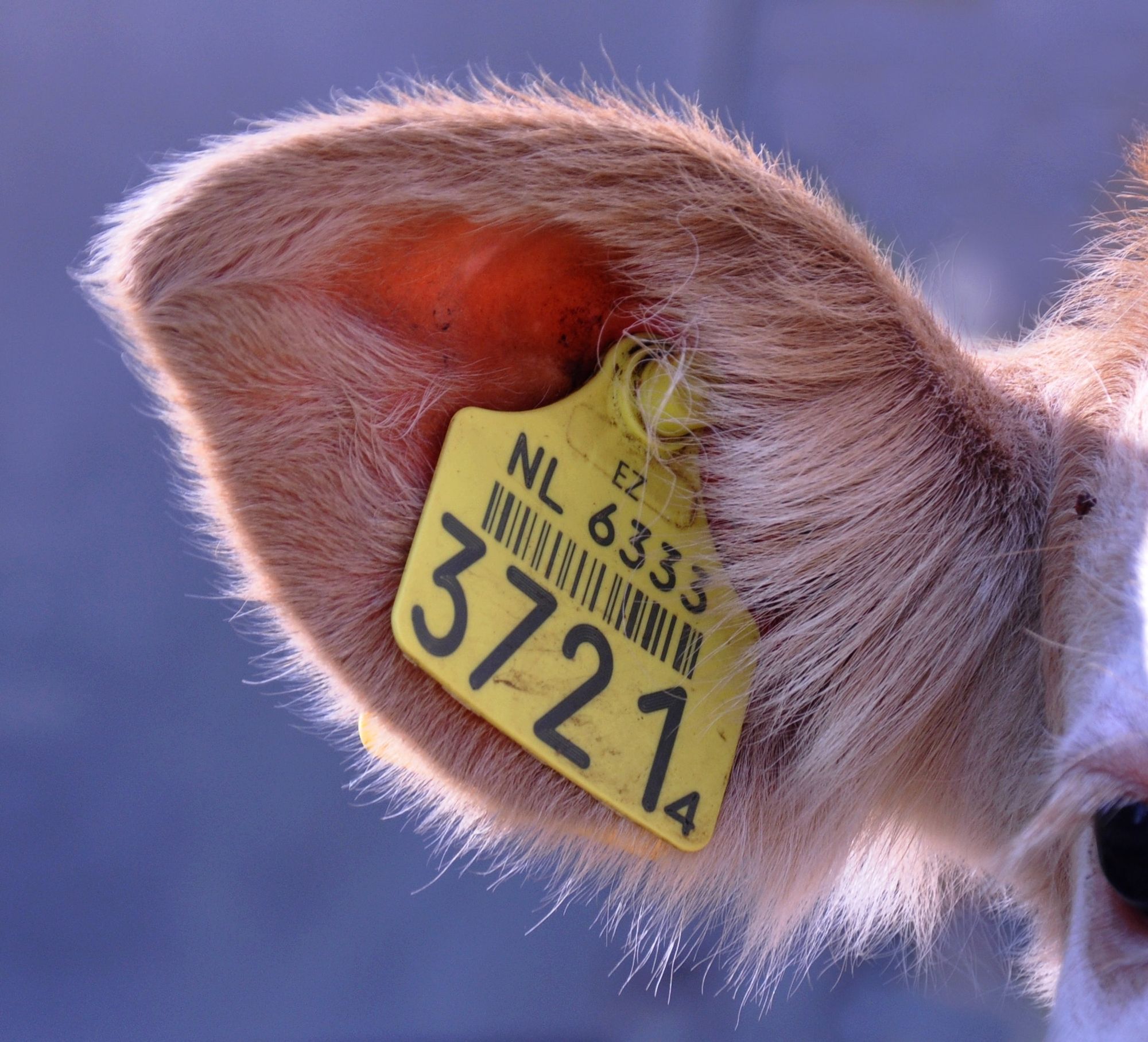According to a survey of over 2,200 U.S. adults approximately 13% of Americans now have an FSA account.
For many American families, child and dependent care is a big concern as well as a considerable financial strain.
To be able to work, millions of people rely on child care, while others look for ageing parents or disabled relatives.
If you care for a child or adult who is unable of self-care, dwells in your house for at least eight hours every day, and who you may declare as a dependent on your income taxes.
You may be eligible to take advantage of dependent care through a flexible spending account (FSA).
Like other FSAs, the dependent care FSA allows you to fund your account with pretax money.
On the other side, this account is for eligible child and adult care expenses.
This includes preschool, nursery school, daycare, before and after school care, and summer day camp. It's the care your family requires while you're at work.
Table of contents
- What Is a Dependent Care Flexible Spending Account (FSA)?
- FSAs for Dependent Care and How They Work
- Using a Dependent Care Flexible Spending Account (FSA)
- Expenses That May Be Reimbursed by the FSA
- What Happens If Child Care Requirements Change Throughout the Year?
- Which is better: the Dependent Care Flexible Spending Account (FSA) or the Child Care Tax Credit?
- Is it possible to use the Dependent Care Flexible Spending Account (FSA) for ageing parents?
What Is a Dependent Care Flexible Spending Account (FSA)?
Employees can utilise tax-free cash to pay for child care expenditures while at work via dependent care fsa.
FSAs can also be used to pay for care for qualifying dependent adults who live in the employee's home, such as spouses and parents.
When parents and guardians pay for dependent-care expenses with an FSA rather than after-tax cash, they can save a lot of money.
The funds used to support your dependent's FSAs are pre tax, which means they are deducted from your salary before taxes are deducted. You'll save whatever percentage you would have paid in federal taxes on whatever amount you put into a dependent care FSA.
A dependent care FSA can be used to pay for childcare for a child under the age of 12.
The FSA can also be used to pay for preschool and summer camps, while it cannot be used to pay for kindergarten or school tuition for children aged five and up.
Furthermore, the account cannot be used to reimburse an older child who looks after a younger sister.
While many taxpayers use the accounts to pay for child-related daycare expenses, you can also use the account to pay for adult daycare for other qualifying dependents, such as elderly relatives who reside with you.
The coverage also extends to a spouse who is unable to be self-sufficient at home.
A caretaker for a dependent Because a dependent care FSA is designed to cover childcare expenses that employees incur as a result of their employment, a taxpayer must have earned income to have one.
If the taxpayer is married, the partner must have a source of income, be actively seeking employment, or be enrolled full-time in school.
It's also worth noting that the $10,500 limit for single filers and married couples filing jointly in 2021 applies to both single filers and married couples filing jointly.
If both spouses work, they can either put all of their expenses into one account or split their FSA contributions into two accounts totalling no more than $10,500.
You must deduct any expenses paid through an FSA if you want to submit for the childcare tax credit.
Child care is costly, and many families are struggling to cover unforeseen expenditures while their children attend a virtual school or are unable to attend preschool or after-school programmes due to COVID-19.
A dependent care fsa (flexible spending account) can help you stretch your child care budget by providing tax-free money for these expenses.
This is a very crucial year to consider enrolling in a dependent care FSA if your workplace offers one during open enrollment season.
If you currently have a dependent care FSA, now is an excellent opportunity to review your expenses and, if necessary, adjust your contribution level.
Midway through the year, you may have few or no options for modifications, so now is not the time to put your dependent care FSA decisions on autopilot. Here's how you get the most out of this fantastic perk.
Assume that your total federal, state, and payroll taxes are all 30 per cent. You will save $1,500 in taxes if you contribute $5,000 to the FSA.
Most employers require you to pay out-of-pocket for dependent-care expenses and then submit a claim for reimbursement.
Before selecting how much to contribute to your dependent care FSA, carefully consider your estimated daycare expenses.
If you don't use the entire account by the end of the year, you'll very certainly lose the rest (although there are exceptions to this rule).
At the end of the year, some plans allow you to roll over a portion of your unused funds.
However, there are certain exceptions in 2021. Employers can carry over all unused funds from 2021 to 2022 thanks to provisions in the Consolidated Appropriations Act.
Employers might also increase the grace period from 2.5 months to 12 months. Either option has the same result: all unused cash can be carried over and used throughout the year, dependent care fsa.
FSAs for Dependent Care and How They Work
Dependent care FSA accounts are set up through your place of employment.
Participants authorise their employers to deduct a predetermined amount from their paychecks and deposit it in a designated account each pay cycle. Rather than paying for expenses with dependent care FSA funds, you pay for them yourself and then request reimbursement.
You must complete a claim form issued by your employer and attach receipts or evidence of payment once you have paid for costs that qualify for reimbursement from the FSA.
The receipts must contain particular information to demonstrate that the payment was made for eligible costs. A caretaker for a dependent FSA can assist you in putting money aside tax-free for the care of children under the age of 13 or for dependent individuals who are unable to care for themselves.
Before taxes, payroll deductions are used to finance your account. This money could be used to pay for daycare, nursery school, preschool, after-school care, or senior daycare, among other things.
Using a Dependent Care Flexible Spending Account (FSA)
The amount of money you can put into a dependent-care FSA is limited by the IRS.
The American Rescue Plan Act increased the dependent-care FSA contribution maximum for 2021 to $10,500 for solo taxpayers and couples filing jointly (up from $5,000) and $5,250 for married couples filing separately.
The dependent care FSA limit for single filers and couples filing jointly will be $5,000 in 2022 and $2,500 for married couples filing separately.
Only the parent with custody of the child(ren) can utilise FSA funds for child care if you and your spouse are divorced. If you're married, you and your spouse both need to work and earn money to be eligible for reimbursement (unless one spouse is in between jobs and actively looking, or is disabled and unable to work).
If you don't, the money you put into the account will be lost, and you'll be charged for the taxes you owe because you didn't pay them in the first place.
The Federal Flexible Spending Account Program (FSAFEDS) provides an app to assist persons with dependent care FSAs in keeping track of their receipts and claims.
The website goes into great detail about what these care-specific FSAs can and can't pay for.
Expenses That May Be Reimbursed by the FSA
Once you've deposited money into an FSA, you can use it to pay yourself for approved expenses. You can only utilise the funds for expenses that fall under the IRS definition of qualified dependent care service.
That is, the services must be required for you and/or your spouse to be able to work and make a living.
Pay yourself back throughout the year
A dependent care FSA can help you save money. For the plan year, you can make a pretax contribution of up to $5,000.
You can make claims to reimburse yourself after your dependents have received care. Just make sure you put all of your money to good use during the plan year. Unused funds will not be carried over to the following year.
Who is eligible for a Dependent Care Flexible Spending Account (FSA)?
Most big businesses offer a dependent care flexible spending account (FSA), which allows you to set away up to $5,000 per family to pay for child care for children under the age of 13 while you and your spouse work or hunt for a job.
Daycare, preschool (but not kindergarten or higher education fees), a nanny or babysitter, before- and after-school care and even day camps during the summer or school breaks are all covered. Overnight camp is not included.
Care that is reliant on FSA payments is pretax, meaning they are not subject to federal, state, or Social Security taxes and the funds can be withdrawn tax-free for qualified child care expenses.
You can save hundreds of dollars or more by paying for child care with pre-tax cash.
According to Kimberly Tippens, if you contribute the maximum of $5,000 per year and are in the 24 per cent tax bracket, you could save about $1,583 per year in taxes.
It includes both federal income tax and the 7.65 per cent Social Security and federal tax. You can then put that money toward child care bills tax-free. The disadvantage of dependent care FSAs is that you must spend the funds by the end of the year or risk losing them.
Some businesses provide a grace period to access the funds until March 15 of the following year.
Although this is unusual - Tippens believes that only around 10% of the employers with whom they work have implemented grace periods for dependent care FSAs.
What Happens If Child Care Requirements Change Throughout the Year?
When signing up for the dependent care FSA, it's vital to consider how much child care you'll need in the future year because after open enrollment, you'll have limited possibilities for changes.
However, with so much uncertainty surrounding education and jobs, estimating your yearlong expenses might be tough.
However, there are several circumstances in which you may be able to adjust your contributions throughout the year.
Employers were allowed to add a unique midyear open enrollment period in 2020 under the Coronavirus Aid, Relief, and Economic Security Act.
During which employees might start, stop, increase, or decrease their contributions for other reasons, however, this was a one-time event.
Unlike health-care FSAs, which allow you to access the total amount you plan to contribute for the year on January 1, the dependent care account allows you to utilise money only after you've made the contributions from your paychecks.
Which is better: the Dependent Care Flexible Spending Account (FSA) or the Child Care Tax Credit?
The child care tax credit has similar advantages to the dependent care flexible spending account:
The break applies to child care fees for children under the age of 13 while you work or look for a job with both types of accounts.
The costs of child care that are considered are also the same. However, the tax break is calculated differently. Generally, the dependent care FSA is a better deal, especially as your salary rises.
If you have one qualified child, the child care tax credit can be worth 20 per cent to 35 per cent of up to $3,000 in child care expenses, or up to $6,000 if you have two or more. The larger the credit, the smaller your income.
There is no upper limit on how much money you can make. The credit is worth 20% of your qualified child care costs if you earn more than $43,000, which can result in a tax cut of up to $600 if you have one eligible child or $1,200 if you have two or more.
While both the tax credit and a dependent care FSA offer tax benefits, the FSA plan offers the best value, especially for families with only one kid.
Those with two children can save the most money on taxes by contributing $5,000 to the dependent care FSA and claiming the $1,000 dependent care tax credit.
Although you cannot claim the child care tax credit for expenses paid with a dependent care FSA, there is one case in which you may be able to take advantage of both tax breaks:
No matter how many children you have, the dependent care FSA cap is $5,000 per family.
However, if you have two or more children under the age of 13, you can normally claim up to $6,000 in child care expenses.
That means if you have two or more children and spend $6,000 or more on child care, you may be eligible for a $1,000 child care tax credit, which could lower your tax bill by $200 to $350, depending on your income.
You can still take the child care tax credit if your employer doesn't offer a dependent care FSA or if you didn't sign up during open enrollment.
This is important to remember when filing your 2020 income tax return if you suddenly had new child care needs in the middle of the year due to COVID-19.
Administrative requirements are another distinction between the dependent care FSA and the child care tax credit.
You must provide the care provider's Social Security number or the daycare, camp, or preschool's tax ID on your income tax return to qualify for the child care tax credit, and you must preserve receipts for your spending in your tax files.
Before allowing you to tap your dependent care FSA account, a dependent care FSA administrator may want a lot more information.
Is it possible to use the Dependent Care Flexible Spending Account (FSA) for ageing parents?
Care that is reliant Kids aren't the only ones who can benefit from FSAs. If you're caring for ageing parents, you may be allowed to put money aside before taxes to help pay for their care.
They must, however, meet the following criteria: They must be your tax dependent, live with you, and rely on you for at least half of their support.
They must be unable to care for themselves physically or cognitively, and elder care must be given so that you and your spouse can work or look for a job.
You can use the dependent care FSA for a variety of eldercare expenses if they meet these standards.
Adult daycare facilities, senior care, care at home or someone else's home, and transportation from home to the caregiver's facility are all examples of eligible charges that vary depending on the employer's plan.
To manage your costs and expenses you can use many available online payroll software
How Deskera Can Assist You?
As a business, you must be diligent with employee payroll system. Deskera People allows you to conveniently manage payroll, leave, attendance, and other expenses. Generating payslips for your employees is now easy as the platform also digitizes and automates HR processes.
Key Takeaways
- Employees can utilise tax-free cash to pay for child care expenditures while at work via dependent care fsa.
- A dependent care fsa (flexible spending account) can help you stretch your child care budget by providing tax-free money for these expenses.
- Employers might also increase the grace period from 2.5 months to 12 months. Either option has the same result: all unused cash can be carried over and used throughout the year.
- The dependent-care FSA limit for single filers and couples filing jointly will be $5,000 in 2022 and $2,500 for married couples filing separately.
- You can only utilise the funds for expenses that fall under the IRS definition of qualified dependent care service.
- The disadvantage of dependent care FSAs is that you must spend the funds by the end of the year or risk losing them.
- However, with so much uncertainty surrounding education and jobs, estimating your yearlong expenses might be tough.
- While both the tax credit and a dependent care FSA offer tax benefits, the FSA plan offers the best value, especially for families with only one kid.
- You can use the dependent care FSA for a variety of eldercare expenses if they meet these standards
Related Articles











